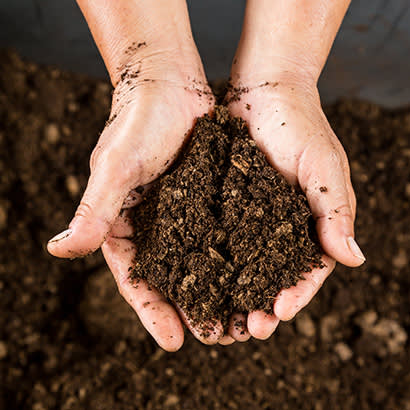
For an enhanced digital experience, read this story in the ezine.
I have been working in the park and recreation field for more than 30 years, and I noticed early on that soil education needed improvement. A few years ago, I decided to start educating our industry with simple and easy-to-understand soil knowledge.
To understand soils better, we need to look at the three main types of soils — sand, loam and clay. Each of these soils has unique properties for soil health and plant growth that contribute to a healthy plant or tree.
Within these soil types are many acronyms you might see when performing a soil test to better understand your soil and how to fix or ameliorate it to promote better plant or tree growth.
- NPK is the acronym used in fertilizers to indicate the amount of each element in the product.
- N is for nitrogen, which helps with leaf color and growth.
- P is for phosphorus, which helps with root growth.
- K is for potassium, which helps with flower and fruit production.
- pH measures the acidity or alkalinity of your soil. It’s measured on a scale of 1 to 14, with 7 being neutral. If your pH isn’t between 5.5 and 8, then plants likely will struggle due to nutrients being unavailable. You can keep adding fertilizer, but the plant or tree cannot access it.
- EC, electrical conductivity, is the measurement of salt in your soil. Most plants and trees do not like salt and will struggle to grow.
- WHC, water-holding capacity, is the measurement of how much water our soils will hold. Sand can hold only 7 percent of any water added, whereas clay can hold 50 percent of any water we add.
- OM, organic matter, is otherwise known as compost or humus. We use OM to increase the water-holding capacity of our soils. When it starts to break down, it releases nutrients back to our plants and trees.
- CEC, cation-exchange capacity, is one of the hardest acronyms to get your head around, but some understanding of chemistry can help with this. The soil can hold nutrition, so when you fertilize, it stays in the soil for the plants or trees to uptake. Sand has a CEC of approximately 10 milliequivalents (mEq) as clay is closer to 30 mEq.
- WP is the wilt point. Plants and trees show a lack of water in the soil due to wilting or stress. Sand has a wilt point of 2 percent of water-holding capacity, and clay has 28 percent.
- PAW, plant-available water, is readily available to plants and trees. All soils take water and lock it away. Any water less than 2 percent in sand or 28 percent in clay becomes unavailable to plants, as the roots cannot take the water due to the suction force required to access it.
- HC, hydraulic conductivity — otherwise known as infiltration rate — is the measurement of water moving through the soil. Water moves faster through sandy soils and slower through clay-type soils. This is measured in millimeters per hour.
- AFP, air-filled porosity, is the measurement of voids in soils. There is more void percentage in sandy soils and less in clay-type soils. Did you know plants and trees need soil air for their roots to breathe?
- BD, bulk density, is the measurement of the weight of soils at their maximum or saturation. We need to understand soil weight if we are putting soil in a rooftop garden or planter boxes on above-ground structures.
It still amazes me that these acronyms are all linked, and by altering one, you can affect the others in a positive or negative way. Adding organic matter to sand will impact its WHC, HC, AFP and CEC, to mention a few.
We need to understand these acronyms and how they work to obtain suitable soil for our plants and trees and the right balance. Understanding our soils is the key to unlocking their potential.
Nathan Straume is Brand Ambassador at TerraCottem.

